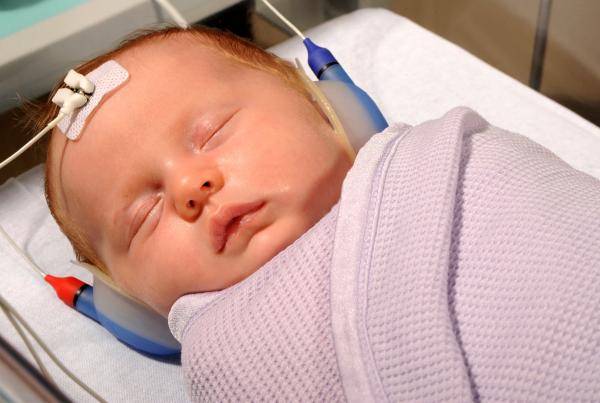A hearing test is usually done by a professional audiologist with an audiogram
An audiogram is typically used to evaluate a person's natural hearing sensitivity in different frequencies. In addition to audiograms, there are other auditory tests, e.g. Weber test, Rinne test and Snellen test.
An audiogram is a procedure that measures a persons' sensitivity to sound frequency. It is commonly referred to as audiometry. Audiometry is not an easy process to perform, because most people do not have an accurate idea of their natural hearing range and so cannot be tested properly.
The person should hear a low frequency sound (such as a whistle or some other low frequency sound) and then let him blow into the ear canal through the canal. The person needs to keep the canal open for a short period of time in order for the sound to penetrate the ear. After the sound has penetrated the ear, the person must close the channel.
This procedure can be performed on people of all ages, but it is usually done by children as young as six months old. During an audiogram, the audiologist will determine the child's level of sensitivity to low frequencies. He or she may also record the child's reaction during the audiogram so that he or she can determine if the child has any hearing problems. The audiologist will also use a sound generator to generate different frequencies that the child will hear during their audiogram.
The audiologist can assess the sensitivity of a child's ears by listening to the child through the ear canal. If the child hears only one frequency, then there is no problem. If more than one frequency is heard, it means your child's hearing aid is not working properly. This means that there is something else in the baby's ears, such as a buildup of wax, that is causing the problem. and requires treatment.

During an audiogram, the audiologist will listen to the child through the ear canal
The audiologist will not wear headphones or other apparatus that distracts him or her. When the audiologist does not hear the child's response when hearing a high frequency sound, it means that the child will not be able to hear it. if a high frequency is played through the ear canal, even though the audiologist can see it clearly. and the child can hear it.
Earphones can be used during an audiogram to provide the audiologist with the feedback he or she needs in order to correct the problem. Some audiology professionals also use sound generators in order to help the audiologist listen to the child with the desired frequency without the need to hold the ear canal open.
Earphones are often required in order to listen to the child through the ear canal during an audiogram. While earphones can help, they are not a substitute for a proper ear examination. If the audiologist doesn't hear the response, then another procedure is needed in order to make sure that the ear canal walls are not causing hearing problems.
After conducting an audiogram on a child with a hearing problem, the audiologist will make sure that there is nothing in the child's ears that could cause hearing loss. The audiologist can perform an otoscopy to check for blockages and a CT scan in order to find blockages. Once these issues are identified, the audiologist will decide what treatment the child will need.
Hearing aids are available to help a child who needs to have one. A hearing aid is an electronic device that is worn over the ears and helps a child to hear.
Even though there is not cure for hearing loss, it is possible to regain some of the hearing a child loses. the ability to hear properly. An audiogram is just one of the ways that the doctor will be able to diagnose the problem and to treat it.